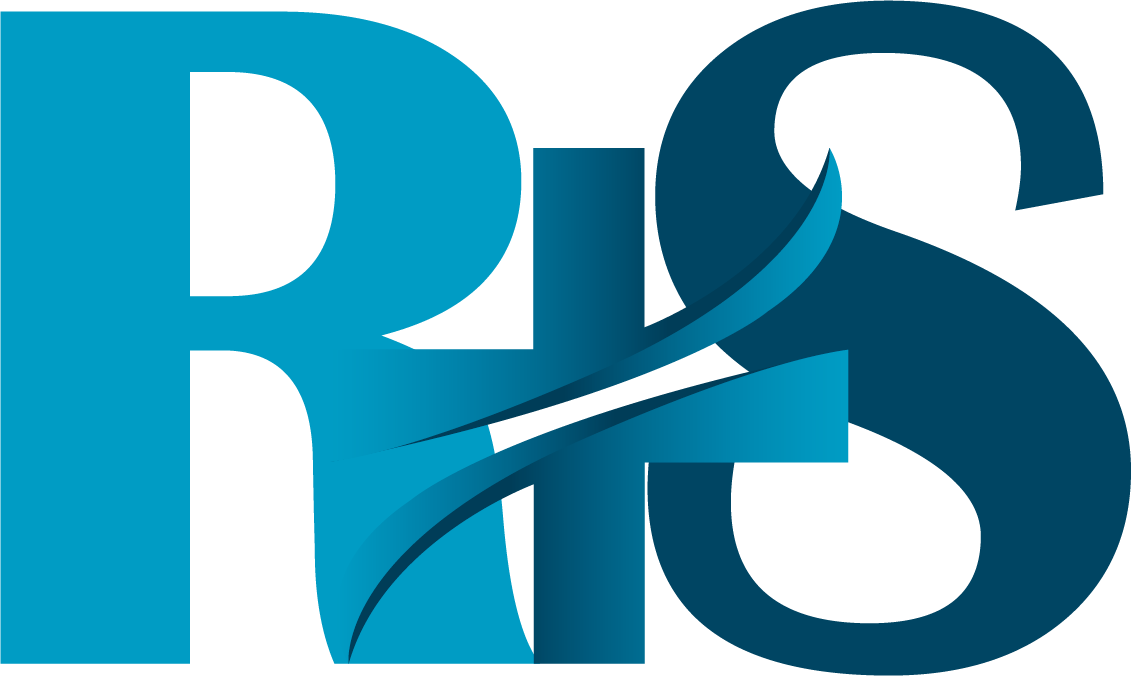Anesthetic and Anti-cancer Properties of Capsaicin.
DOI:
https://doi.org/10.52428/20756208.v14i38.323Keywords:
Anesthetic, Capsaicin, Pungency, Neuropathic painAbstract
Capsaicin is a chemical compound (8-methylN-Vanillyl-6-nonemamide), active component of hot peppers. It is irritating to mammals; it produces a strong burning sensation. Capsaicin is found in the fruits of plants belonging to the Solanaceae family of the Capsicum genus. Furthermore, this fruit is traditionally used in Latin American cuisine as an ingredient. In small doses (about 1 g), it produces a sensation of heat in the mouth, and as the dose is increased, it produces a painful sensation. The richest part in capsaicin of the fruit is the septum and the seeds. Researches carried out in the health area have shown various medicinal properties, standing out as an analgesic and anesthetic. Experiments in in vitro cultures on cancer cells have shown that stimulating cells with capsaicin (concentrations of 10 and 150 micromolar) for 48 hours, causes significant inhibition in the growth of cancer cells and induces apoptosis and necrosis. Capsaicin, being an anesthetic, binds to specific receptors on tumor cells, reducing the growth rate of these cells. On the other hand, the medicines used up to now are for external use called "skin patches", it contains a high concentration of capsaicin. The application of this patch for 60 minutes considerably reduces pain in patients with postherpetic neuralgia. This article is a bibliographic review of the properties of capsaicin in pain inhibition and tumor cell multiplication.
Downloads
References
Sánchez-Segura L, Gutiérrez-López G F. El picor del chile, biosístesis de la capsaicina y diferenciación morfológica [Internet]. 2016; 118-19: 34-37. [Revisado 2018 - 2019; Consultado 2019 Octubre 28]; Disponible en: https://www.revistaciencias.unam.mx/es/201-revistas/revista-ciencias-118-119/1978-el-picor-del-chile-bios%C3%ADntesis-de-la-capsaicina-y-diferenciaci%C3%B3nmorfol%C3%B3gica.html
Cote-Roman A L. Uso medicinal de la pimenta malagueta (Capsicum frutescens) en una comunidad de Várzea al margen del rio Amazonas, Santarém, Para, Brasil [internet]. 20116; 3: 544. [Revisado 2018; Consultado 2018 Septiembre 07]. Disponible en: http://www.scielo.br/pdf/bgoeldi/v6n3/05.pdf
Cedrón JC. La capsaicina. Revista de Química PUCP [Internet]. 2013; 27(1-2): 7 [Revisado 2018; Consultado 2018 Septiembre 06]. Disponible en: http://revistas.pucp.edu.pe/index.php/quimica/article/viewFile/7590/7835
Weber LV, Al-Refae K, Wölk G, Bonatz G, Altmüller J, Becker C, et al. Expression and functionality of TRPV1 in breast cancer cells. Journals Breast Cancer: Targets and Therapy. 2016; 8: 243-52. https://doi.org/10.2147/BCTT.S121610
Yánez P, Balseca D, Rivadeneira L, Larenas C. Características morfológicas y de concentración de capsaicina en cinco especies nativas del género Capsicum cultivadas en Ecuador la granja [Internet]. Revista de Ciencias de la Vida. 2015; 22(2):12-32. [Revisado 2018; Consultado 2018 Septiembre 26]. Disponible en: https://www.redalyc.org/pdf/4760/476047267002.pdf
Ghilardi J R, Röhrich H, Lindsay TH, Sevick MA, et al. Selective Blockade of the Capsaicin Receptor TRPV1 Attenuates Bone Cancer Pain. The Journal of Neuroscience. 2005; 25 (12): 3126-131. https://doi.org/10.1523/JNEUROSCI.3815-04.2005
Chabra-Aseri M, Sankhla S. Terapia con la capsaicina. [Internet]. Sociedad Iberoamericana de Información Científica (SIIC). 2012; 2(1): 8-15 [Revisado 2018; Consultado 2018 Octubre 18]. Disponible en: http://www.bago.com.ar/vademecum/bibliografia/terapia-con-capsaicina/
Anand P, Bley K. Capsaicina tópica para el tratamiento del dolor: potencial terapéutico y mecanismos de acción del nuevo parche de capsaicina de alta concentración al 8% [Internet].PubMed. H. J Anaesth. 2011; 107(4): 490-502 [Revisado 2018; Consultado 2018 Octubre 11 octubre].Disponible en: https://www.ncbi.nlm.nih.gov/pmc/articles/PMC3169333/
Vidal MA, Calderon E, Román D, Perez-Bustamante F, Torres LM. Capsaicina tópica en el tratamiento del dolor neuropático. Revista de la Sociedad Española Dolor. 2004; 11: 306-18.
Alvis GA, Melucci JC, Quiroga P, Mandrile E. Capsaicina. Acta Farm. Bonaerense [internet]. 1995; 14 (1): 63-70 [Revisado 2018; Consultado 2018 Octubre 18]. Disponible en: http://www.latamjpharm.org/trabajos/14/1/LAJOP_14_1_4_1_9UYYLYNQU3.pdf
Infobae.net [Internet]. 2006. Argentina: [Actualizado 27 septiembre 2015; Revisado 2018; Consultado 2018 Octubre 18]. Disponible en: https://www.infobae.com/2015/09/28/1757719-el-ajipicante-clave-tratar-el-cancer/
Derry S, Sven-Rice A, Cole P, Tan T, Moore RA. Capsaicina tópica (alta concentración) para el dolor neuropático crónico en adultos [Internet]. 2017. [Revisado 2018; Consultado 2018 Octubre 24]. Disponible: https://www.cochranelibrary.com/es/cdsr/doi/10.1002/14651858.CD007393.pub4/full/es
Simpson D. Parches cutáneos de capsaicina para la neuralgia pos herpética [Internet]. Revista de Jano. 2018 [Revisado 2018
Consultado 2018 Octubre 24]. Disponible en: https://www.jano.es/noticia-parches-cutaneos-capsaicina-neuralgia-postherpetica-11452
Mtxcollege.com [Internet]. Texas: 2018 [Revisado 2019; Consultado 2019 Octubre 24]. Disponible en: http://mtxcollege.com/index.php/2018/02/06/capsicum-la-masa-corporal-y-la-salud/
Bernstein JE, et al. Tratamiento de la neuralgia pos herpética crónica con capsaicina tópica: informe preliminar [Internet].1987; 17:93-96. Disponible en: http://scielo.isciii.es/scielo.php?script=sci_arttext&pid=S1134-80462004000500007
Downloads
Published
How to Cite
Issue
Section
License
Copyright (c) 2019 María Rosa Rodríguez Vargas , Annia Aguilar Loayza, Luciana Fernandes de Oliveira, Alex Alberto Cabrera Yabar, Diego HojairoToledo Jayo

This work is licensed under a Creative Commons Attribution 4.0 International License.
Authors who publish with this journal agree to the following terms:
- Authors retain copyright and grant the journal right of first publication with the work simultaneously licensed under a Creative Commons Attribution License 4.0 that allows others to share the work with an acknowledgement of the work's authorship and initial publication in this journal.
- Authors are able to enter into separate, additional contractual arrangements for the non-exclusive distribution of the journal's published version of the work (e.g., post it to an institutional repository or publish it in a book), with an acknowledgement of its initial publication in this journal.
- Authors are permitted and encouraged to post their work online (e.g., in institutional repositories or on their website) prior to and during the submission process, as it can lead to productive exchanges, as well as earlier and greater citation of published work.























